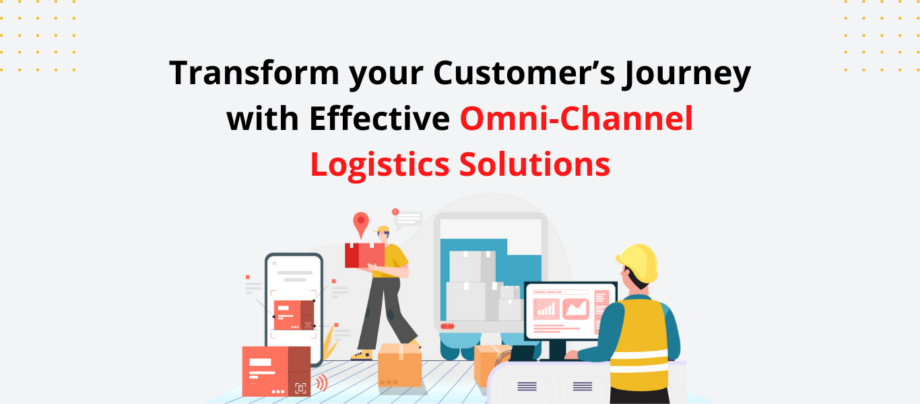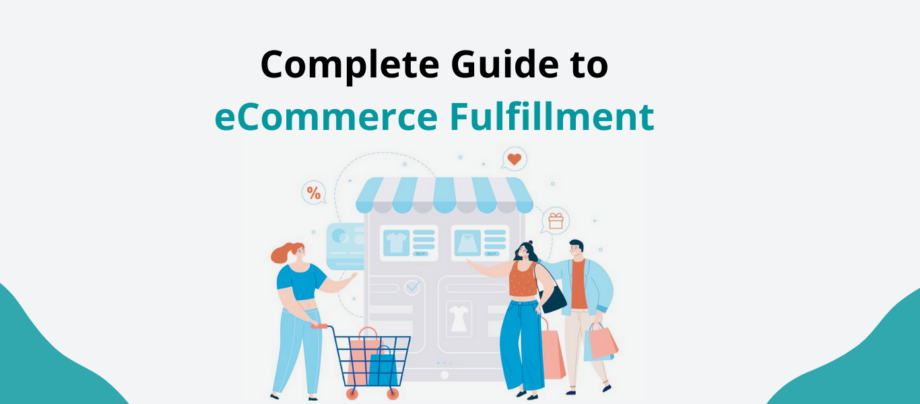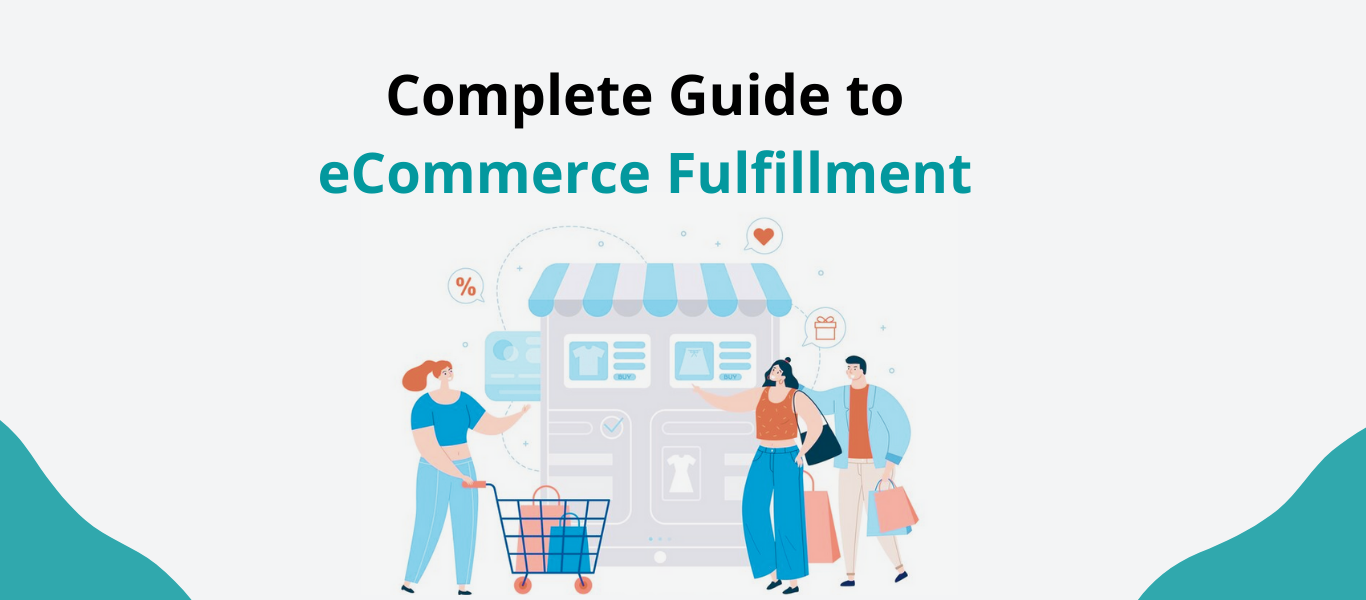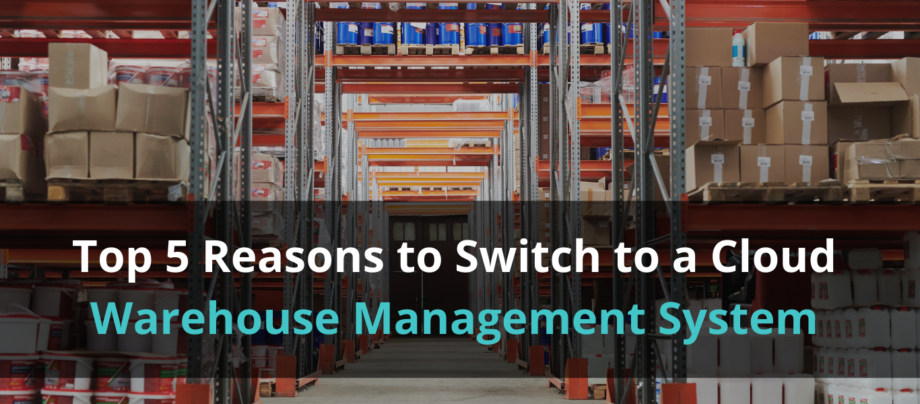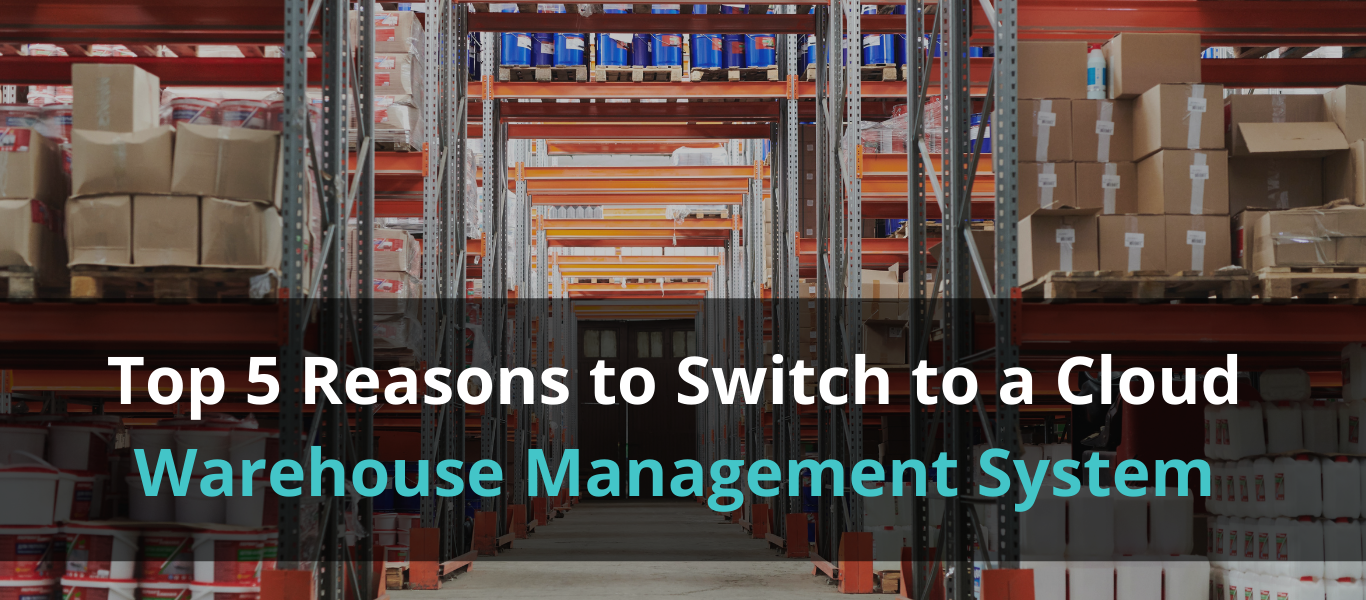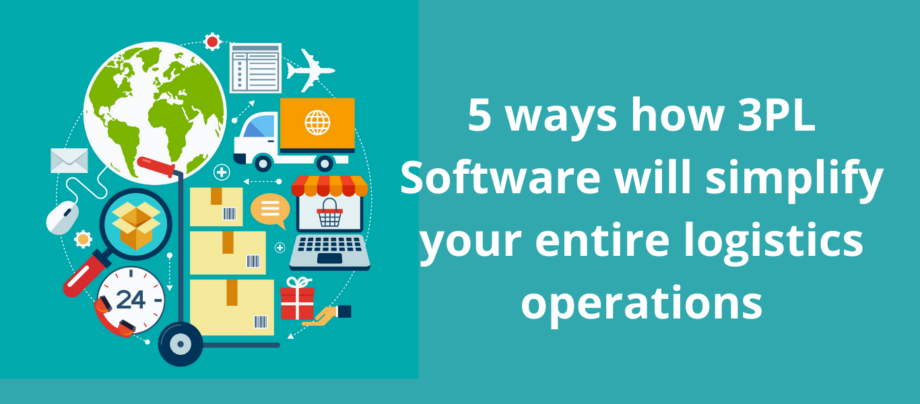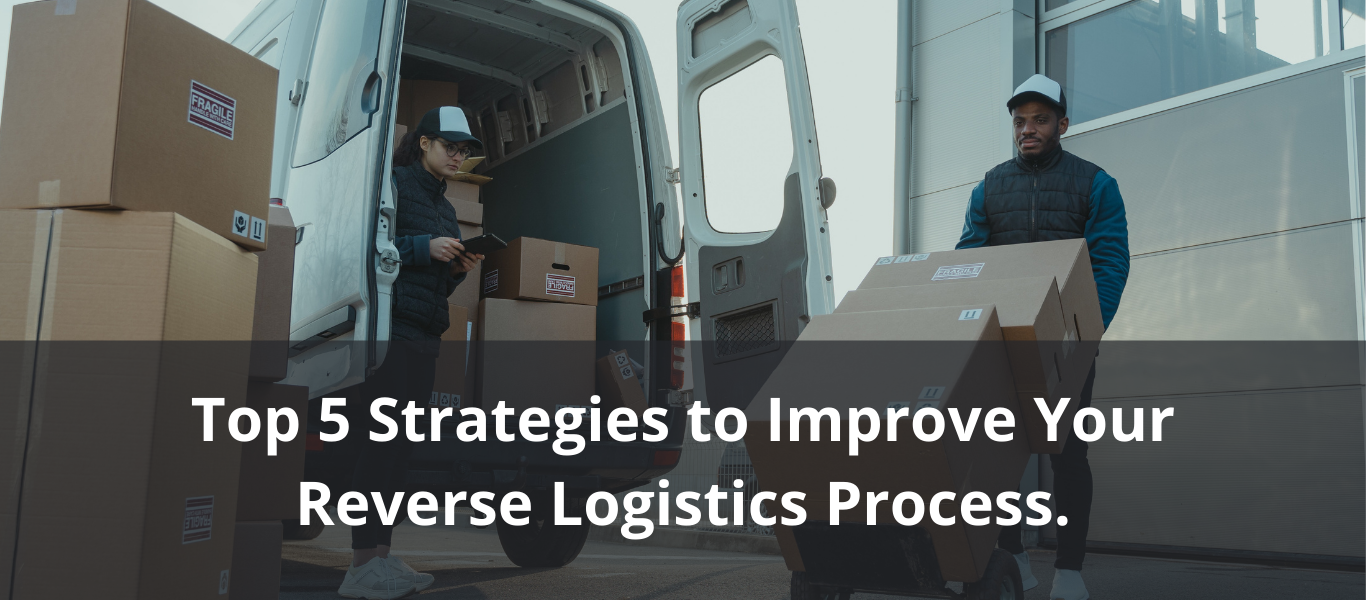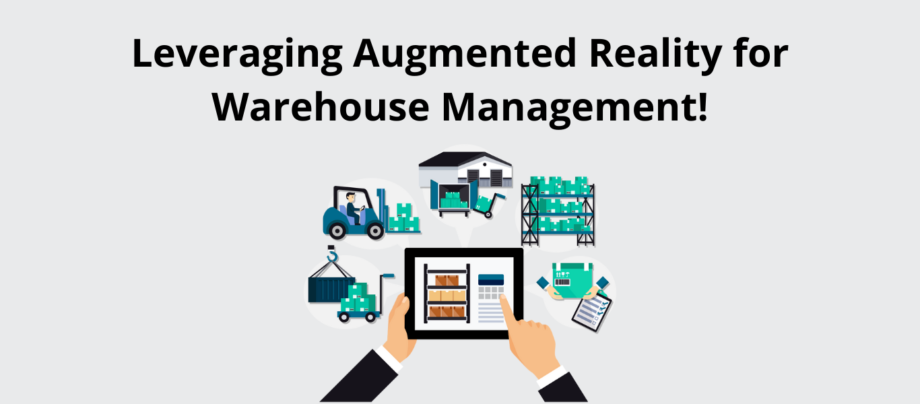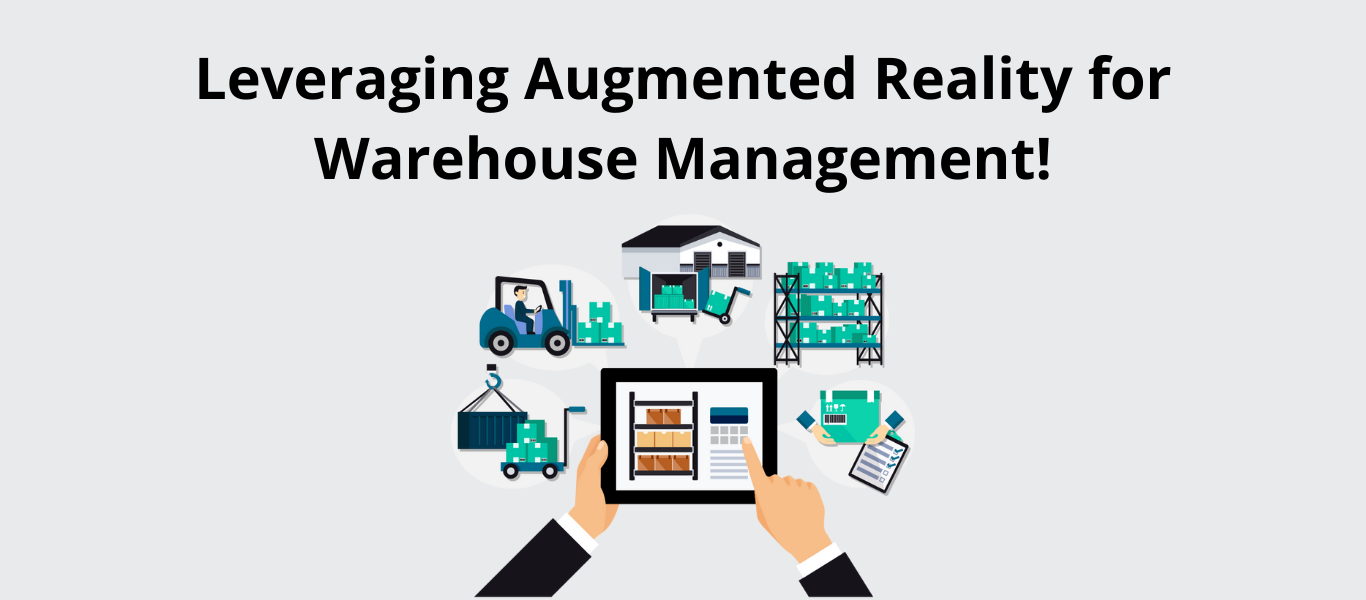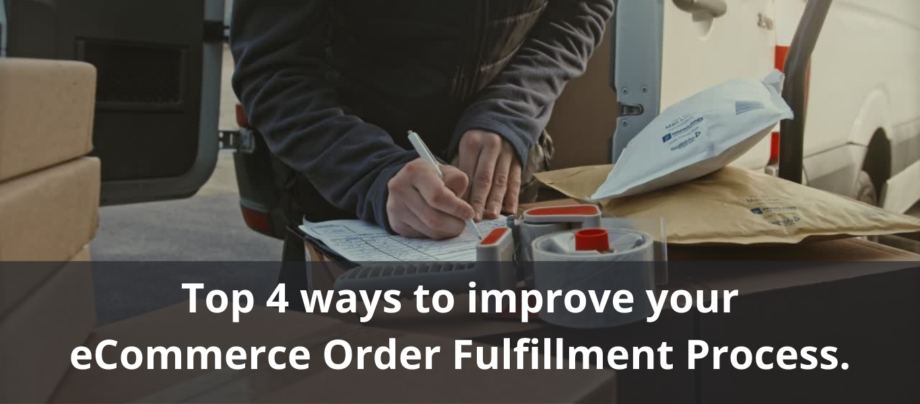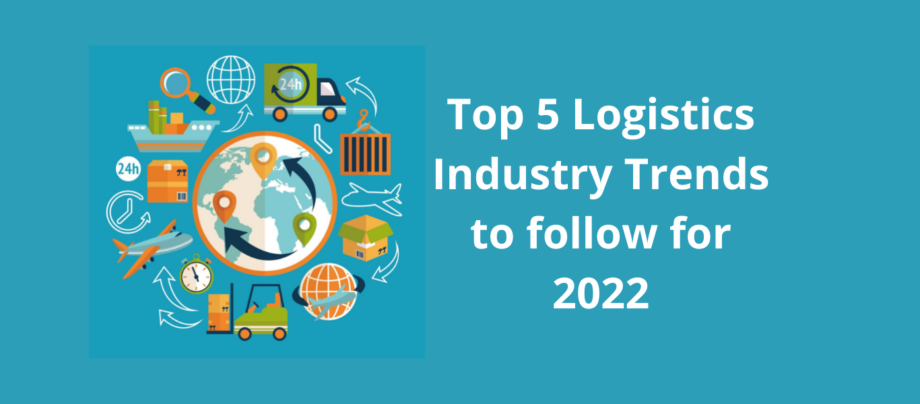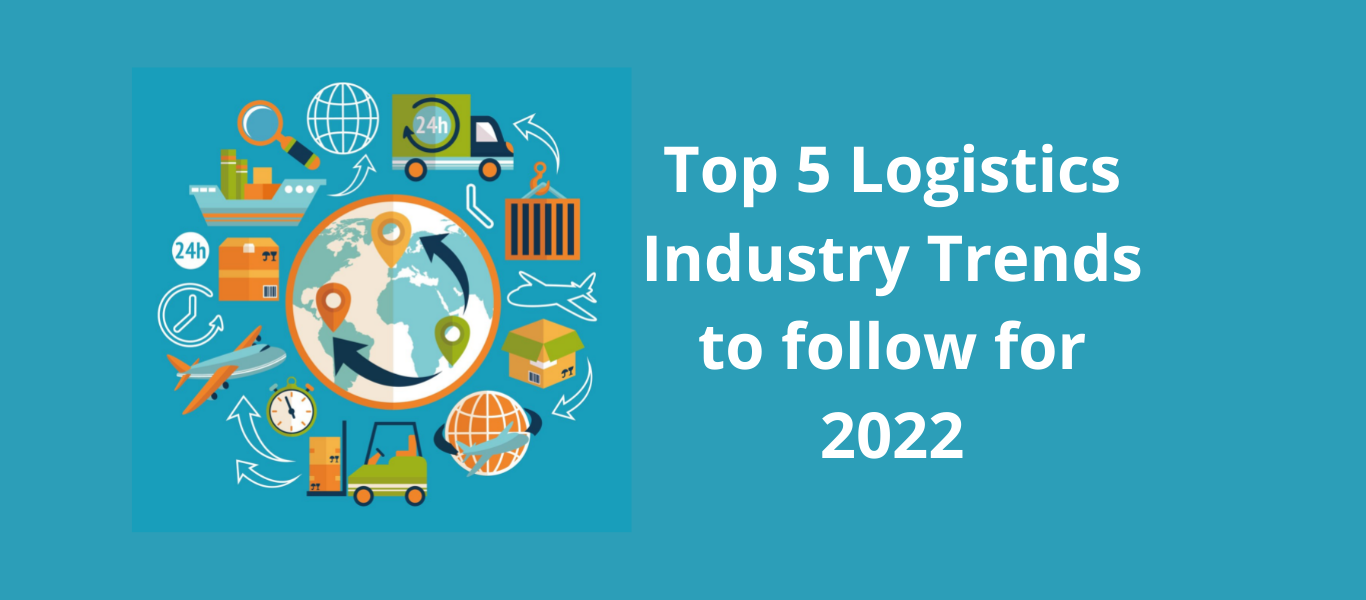Transform Your Customer’s Journey With Effective Omni-channel Logistics Solutions
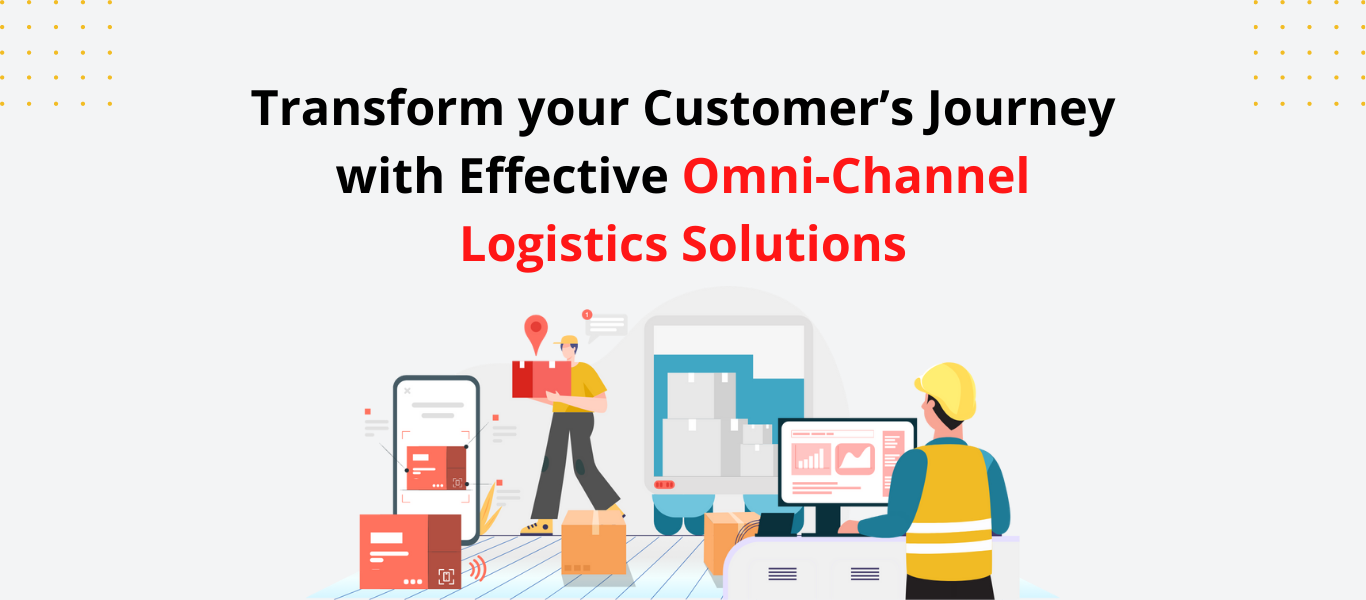
With increasing internet penetration and the ubiquity and low cost of smartphones, consumer purchasing behaviour is shifting dramatically. With so many options, consumers are finding it easier and faster to find, assess, buy, pay for, and return things. The truth that these changes will bring is that a customer can interact with a company via omnichannel at any moment. Many merchants and manufacturers around the world are attempting to adjust to the new reality, which is emerging as a trend and a clear requirement for long-term survival.
Today’s consumer experience does not end with the purchase of a product; it continues until the product is delivered. A standard multi-channel strategy will not be enough to meet client expectations right away. Information accessibility, quickness, and personalization of service are critical factors in wooing today’s customers. Offline and online, the channels operate independently and frequently compete with one another. Companies must adapt to a high-performing, cost-effective, omnichannel network to provide excellent customer experience across all channels.
New omni-channel logistics models combine in-store operations with traditional and e-commerce supply chains in the hopes of increasing profit and performance. Companies must focus on two main areas to build and develop a cost-effective omnichannel supply chain: increased speed and convenience, and a high-performing cost-effective network.
To orchestrate flexible fulfilment options across channels, supply chain networks must be significantly more adaptable. Converged inventories are being used by leading retailers to improve enterprise-wide stock levels while maximising availability across channels. Retailers must be able to allocate and fulfil deliveries on a dynamic basis.
Companies may now create flawless experiences at a low-cost thanks to new-age technologies. By providing customers with real-time visibility, brands can ensure consumer loyalty.
Enhance Speed, Flexibility, And Personalisation Through Last-Mile :
Converged inventories are being used by leading retailers to improve enterprise-wide stock levels while maximising availability across channels. Retailers must be able to allocate and fulfil deliveries on a dynamic basis.
Companies may now create flawless experiences at a low-cost thanks to new-age technologies. By providing customers with real-time visibility, brands can ensure consumer loyalty.
Predictive analytics and data visualisation can help improve future demand patterns and find products closer to customers, allowing for faster and more cost-effective delivery. Invest in a mobility solution now to create a cost-effective and adaptable logistics system for Industry 4.0!
When a consumer or direct salesperson places an order with any eCommerce website, the warehouse team builds a ready-to-ship package and digitally notifies one of the various 3PL partners through LogixPlatform. As a result, the ‘after order’ customer engagement begins, which is critical in today’s era of the client as the centre of all corporate activities. Ecommerce store has reduced delivery times and evaluated 3PL partners based on their on-the-ground performance, separating the star performers from the laggards, thanks to the nimble and flexible mobility solution. Various multinational companies are using technology and mobility to improve customer journeys to be successful in omnichannel logistics.
With LogixPlatform you can also build a high performance cost effective network with great customer satisfaction. To know more about LogixPlatform, Visit: https://logixplatform.com/ or book a demo with us now.

